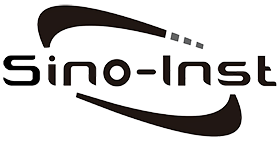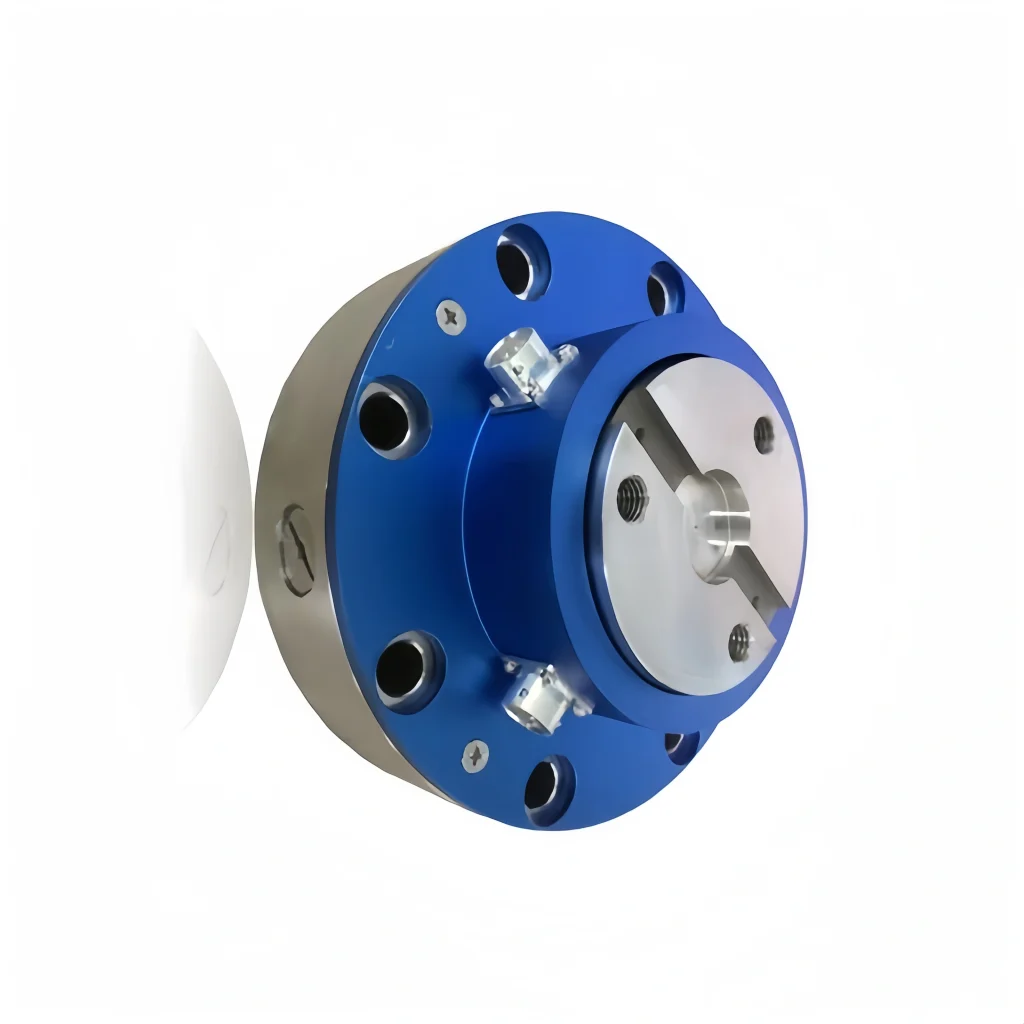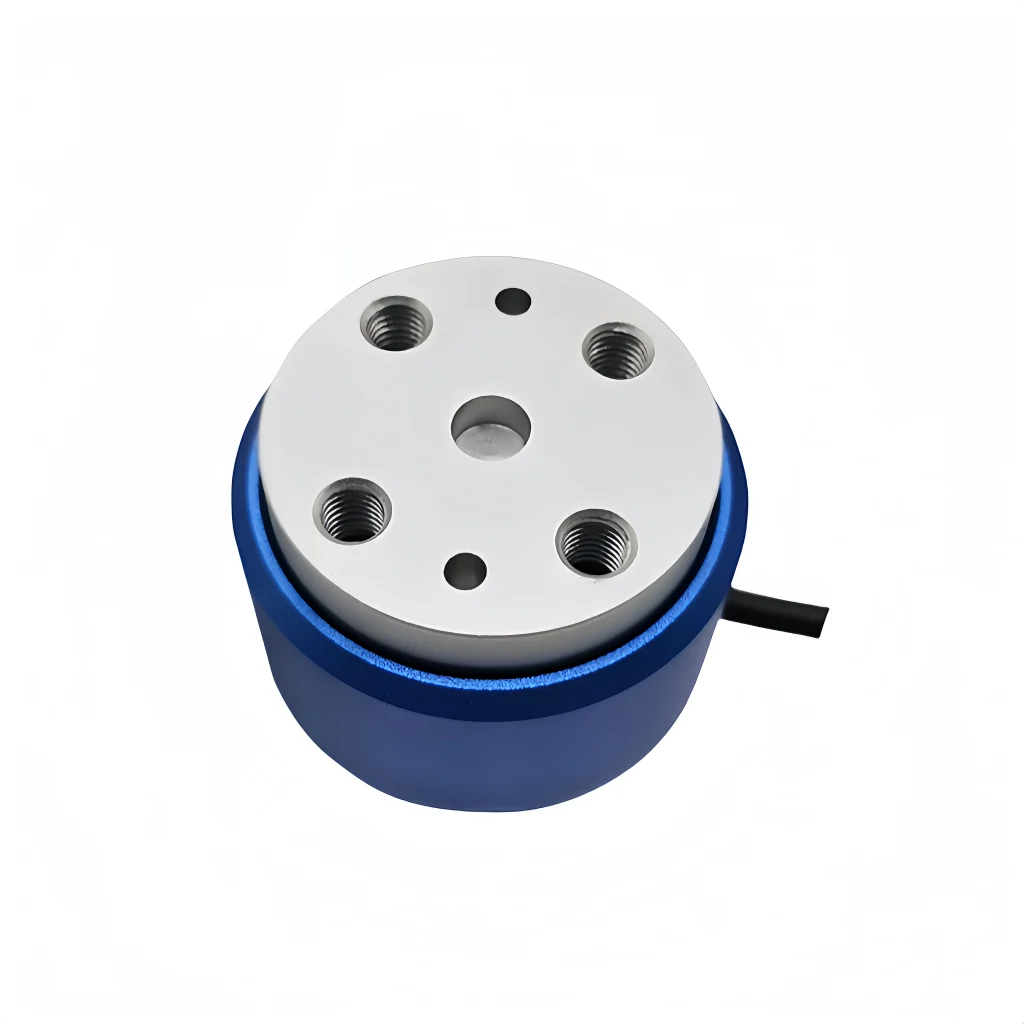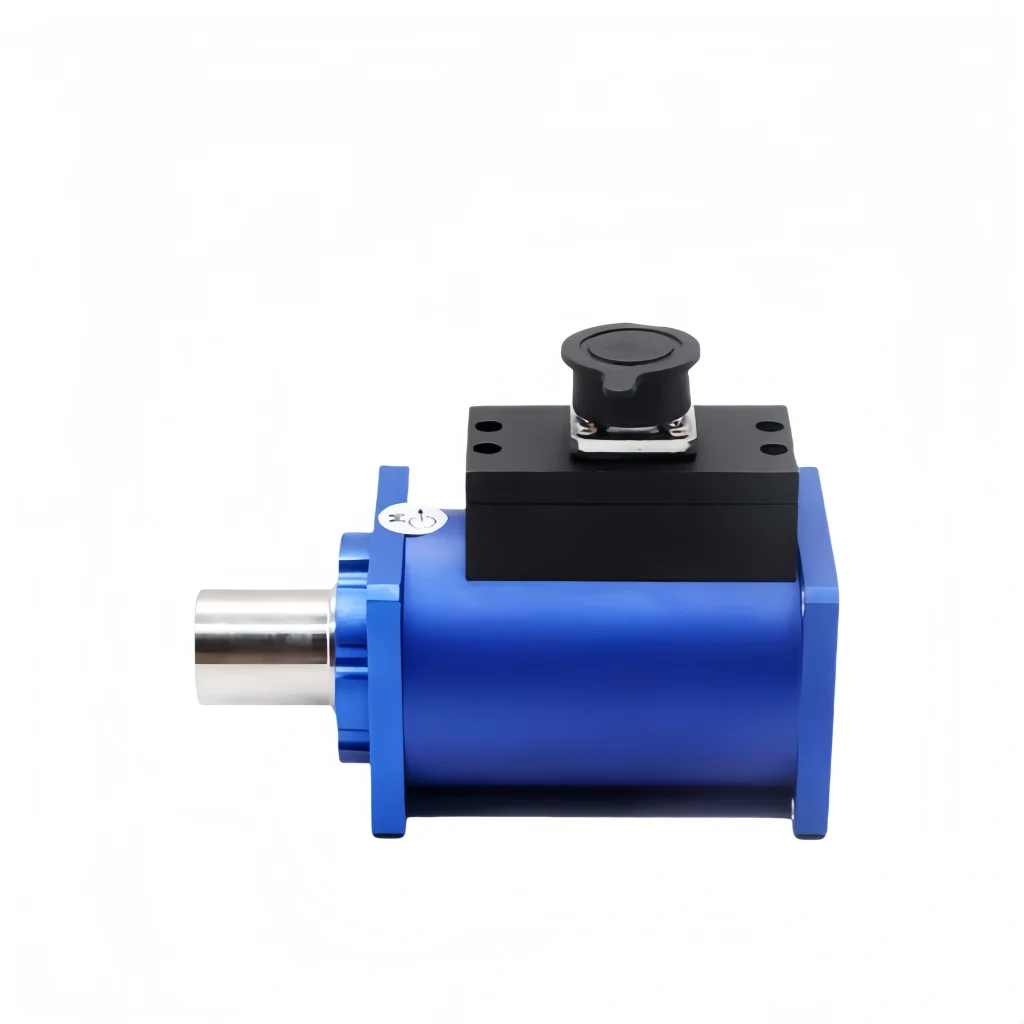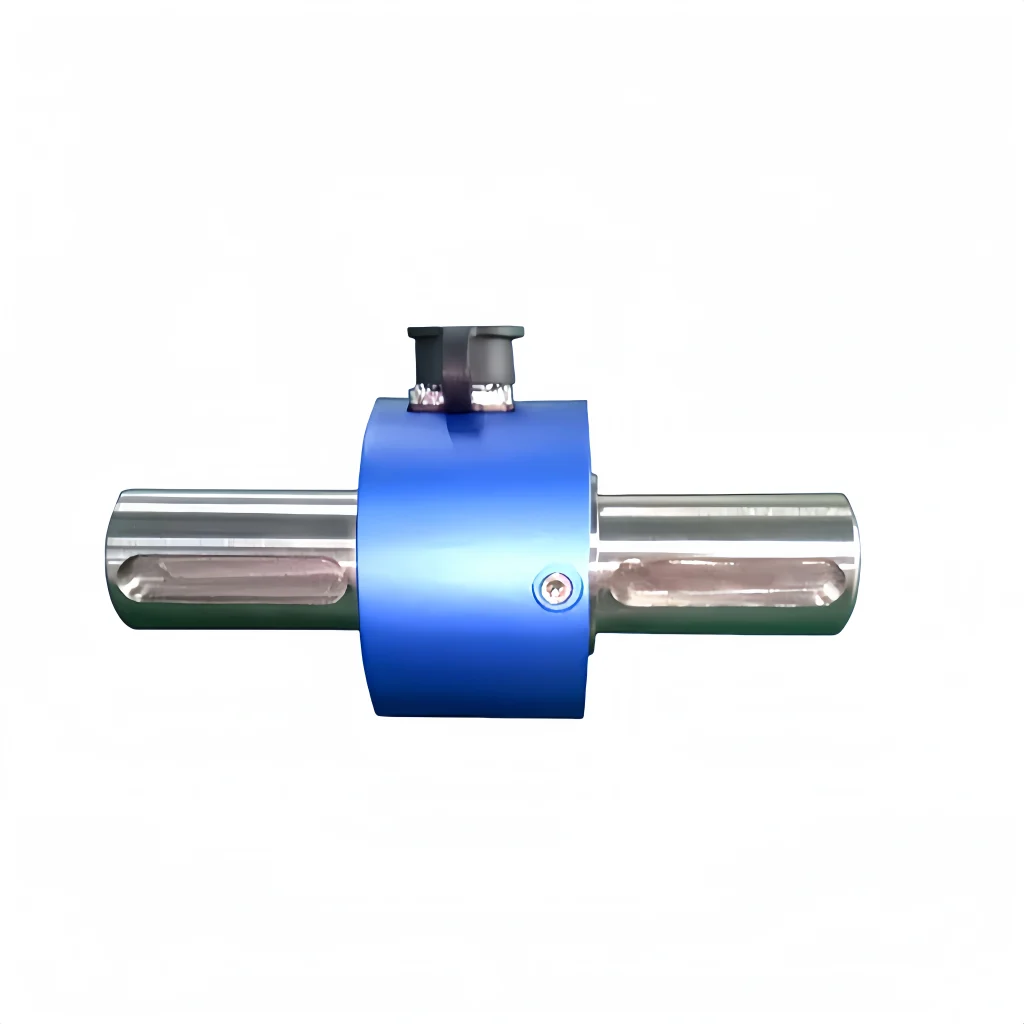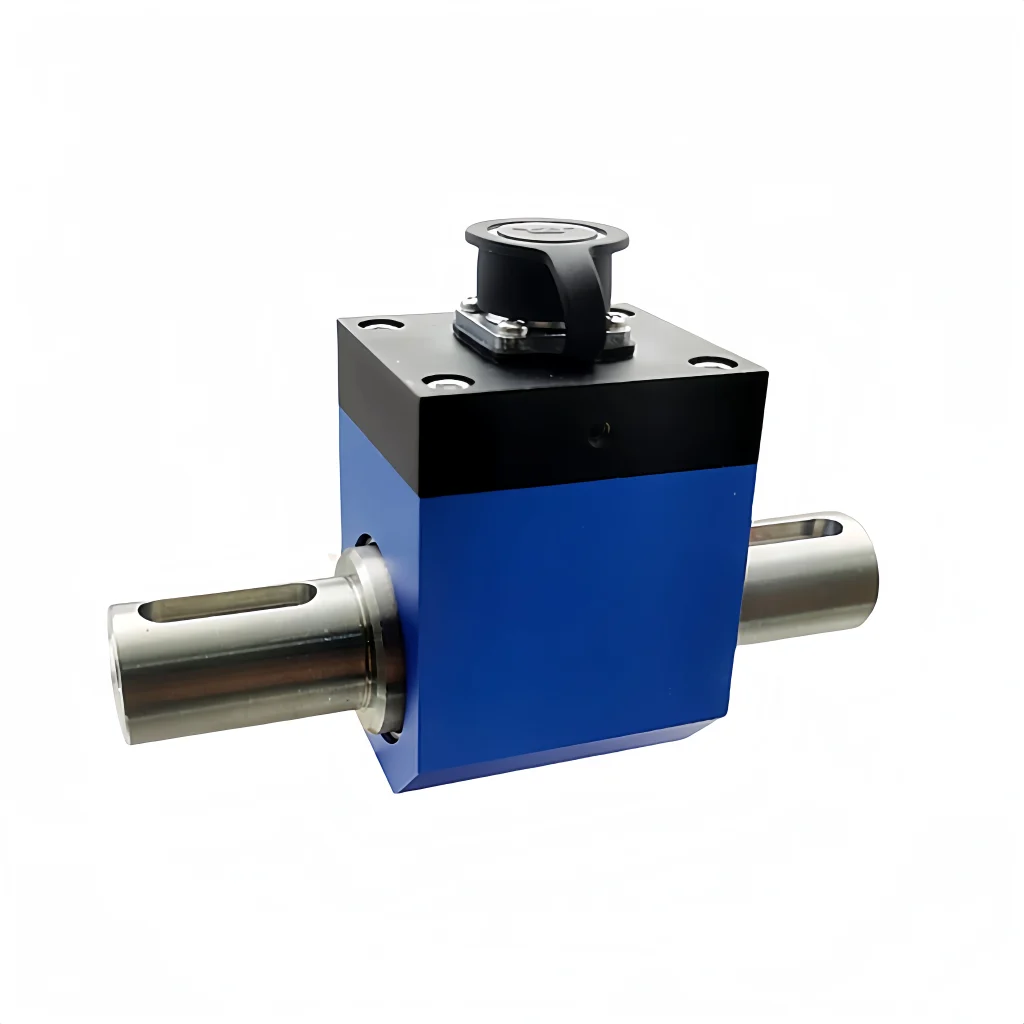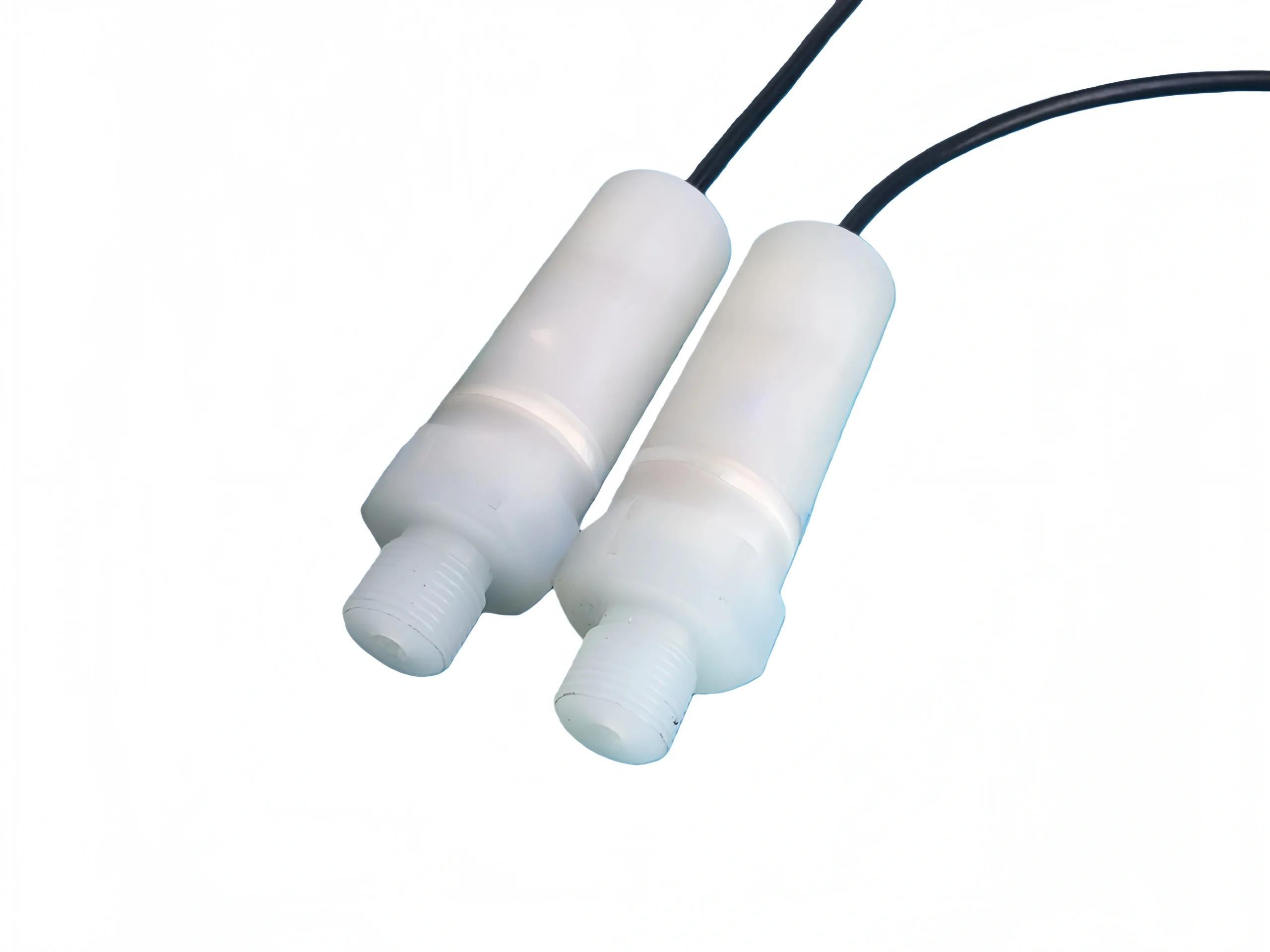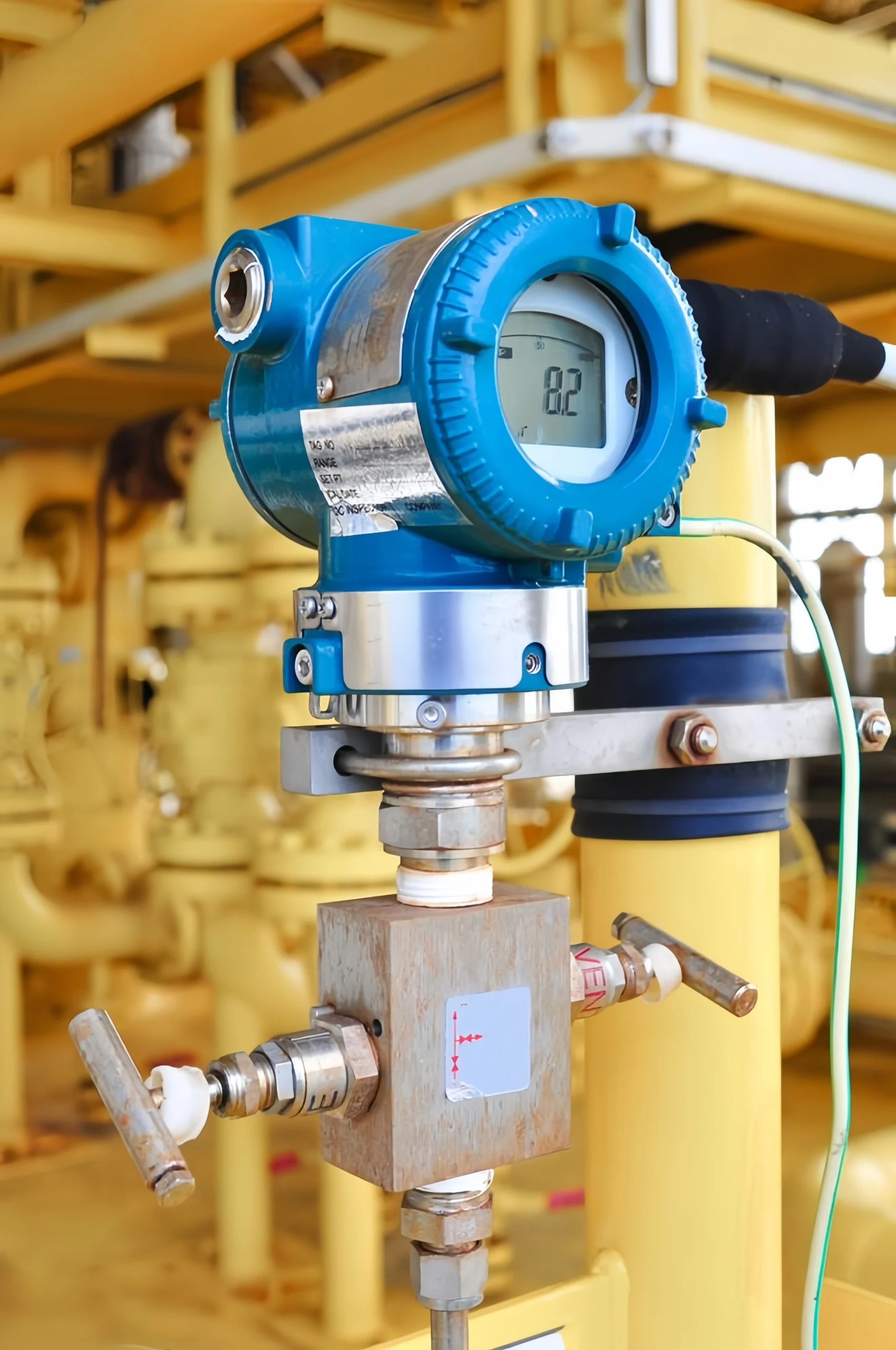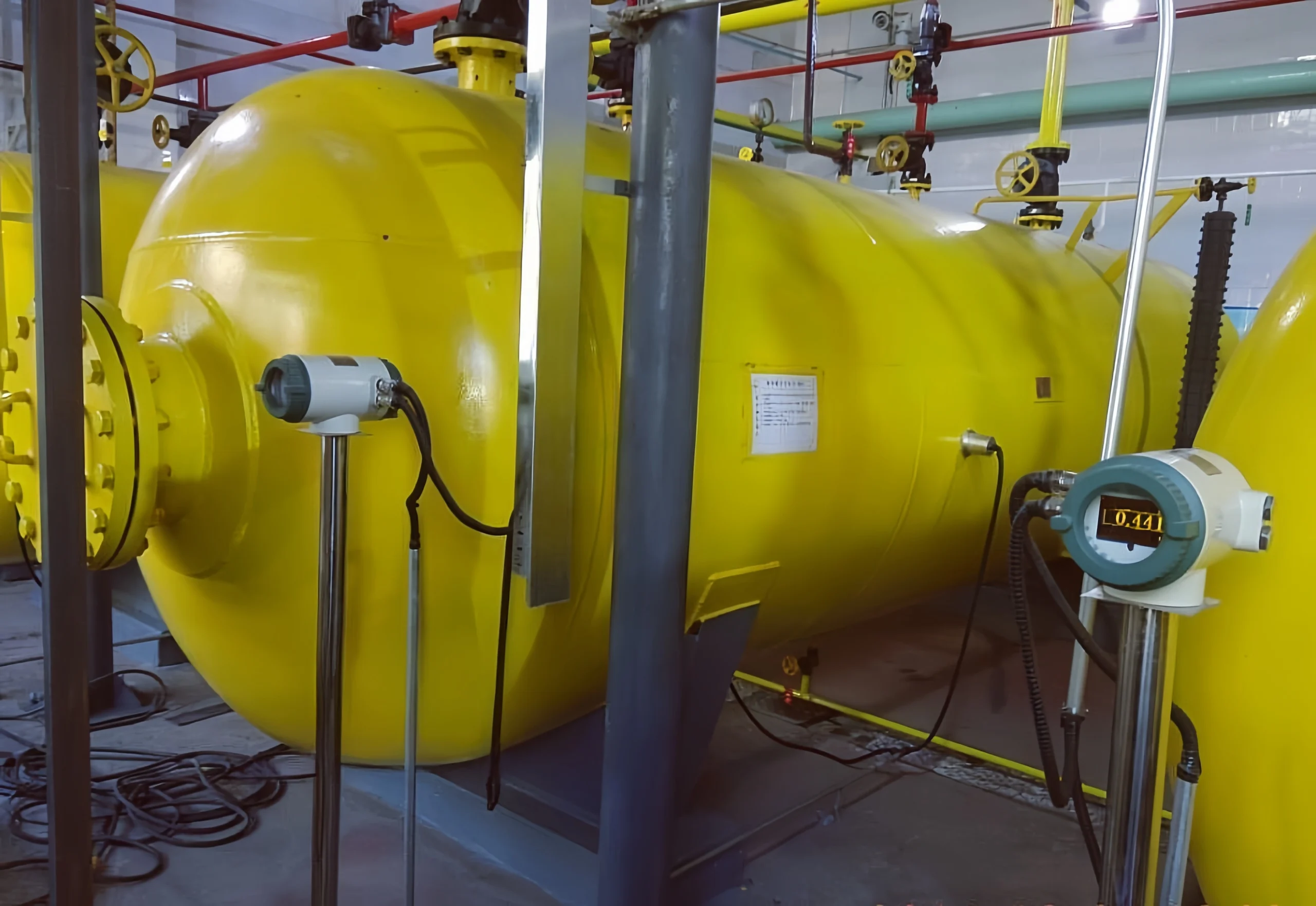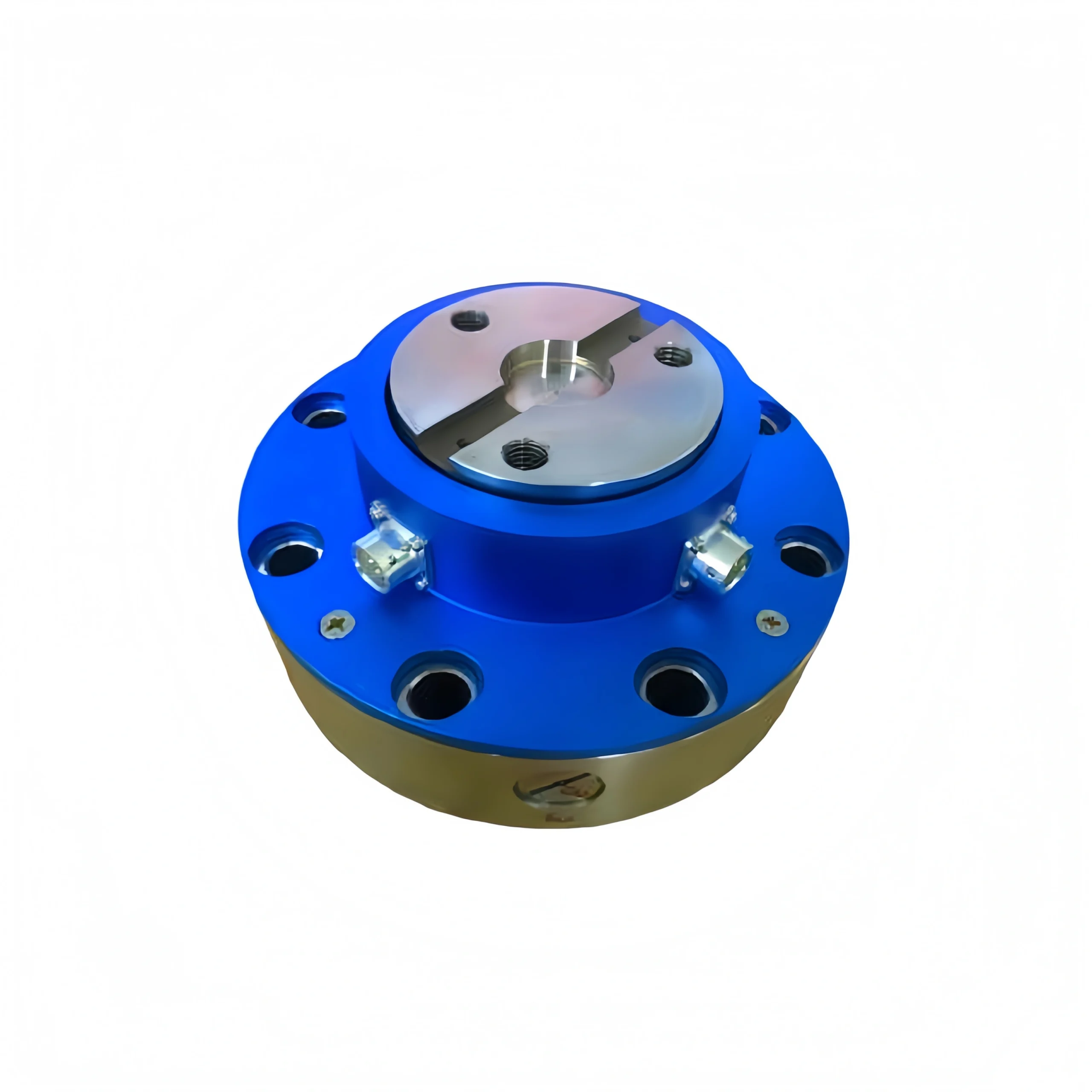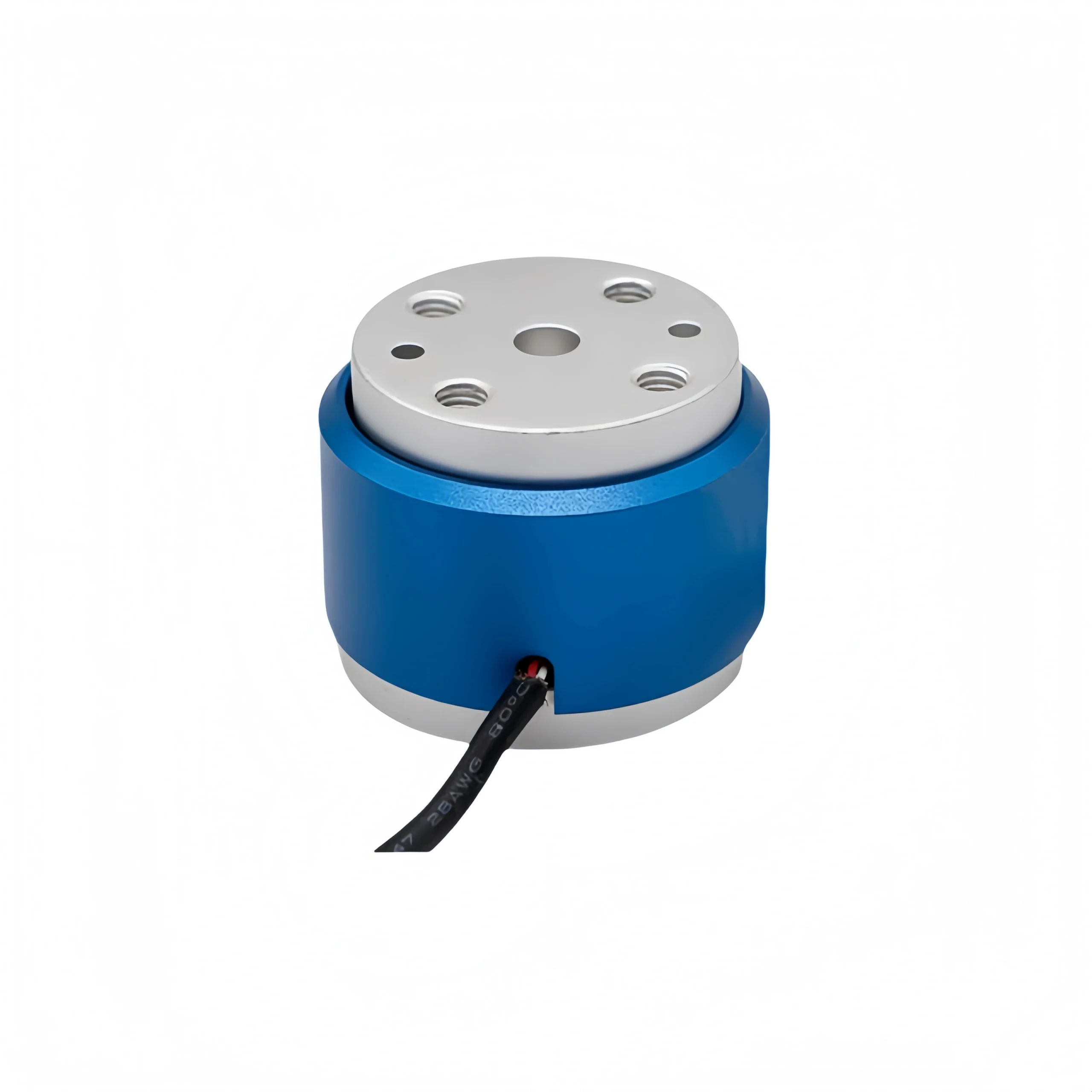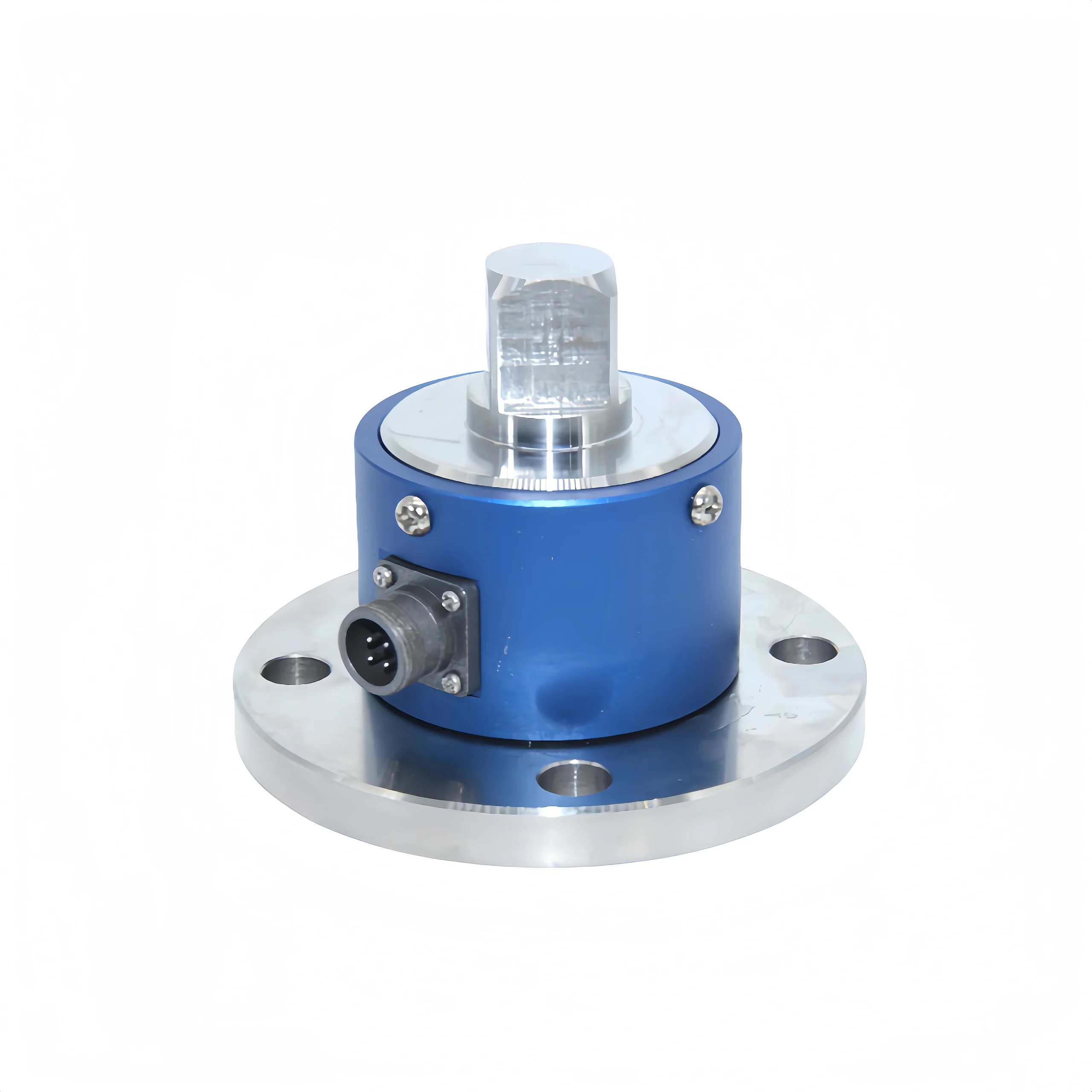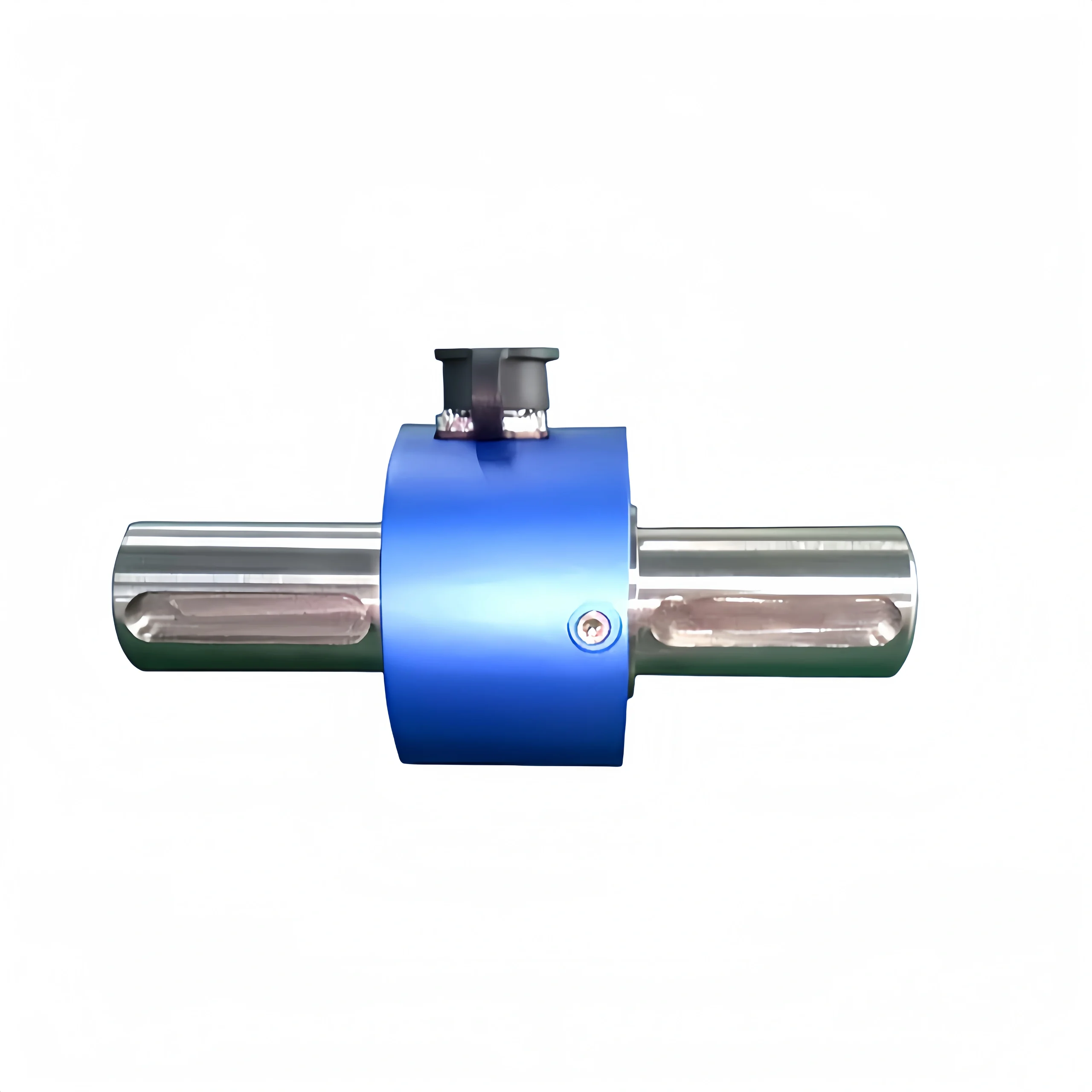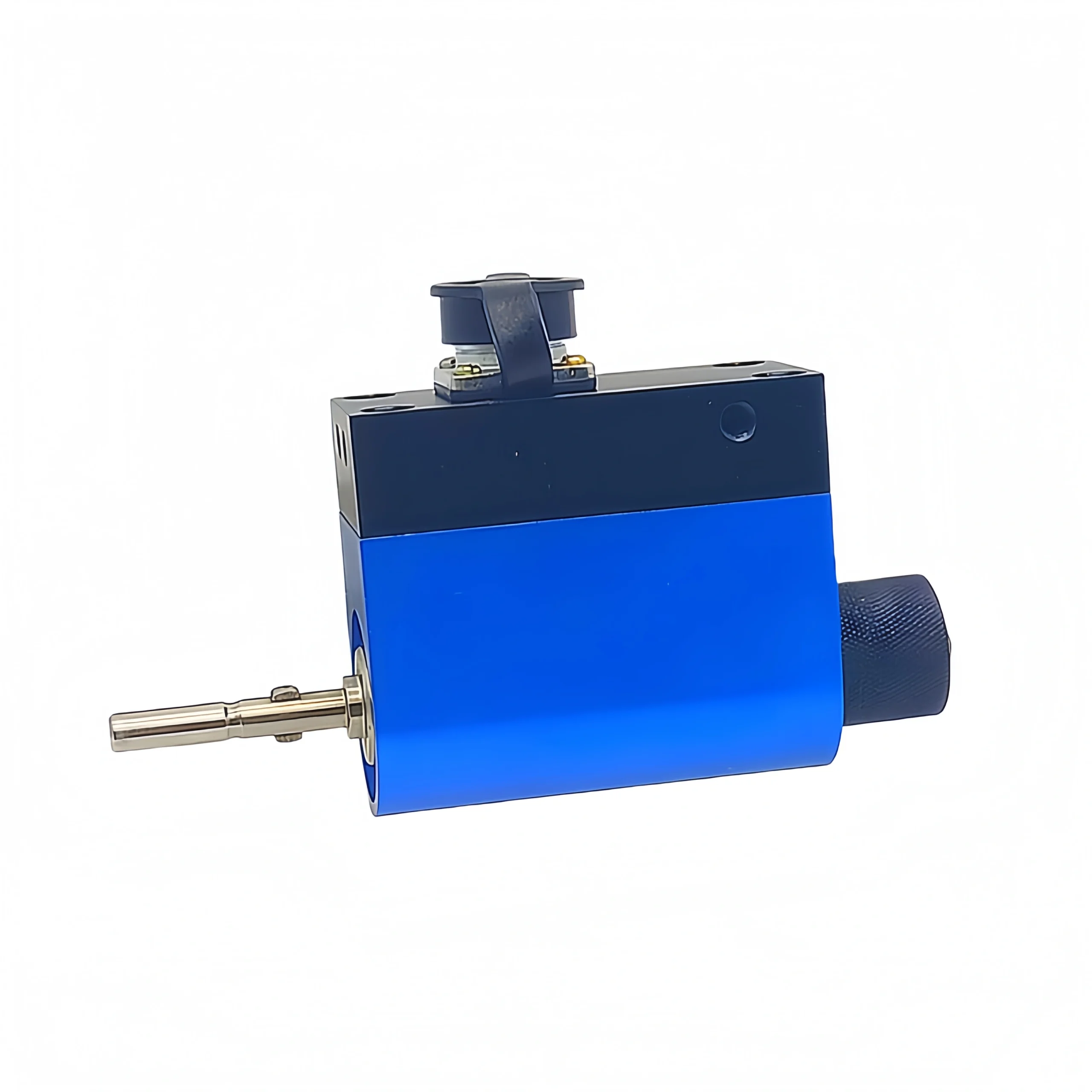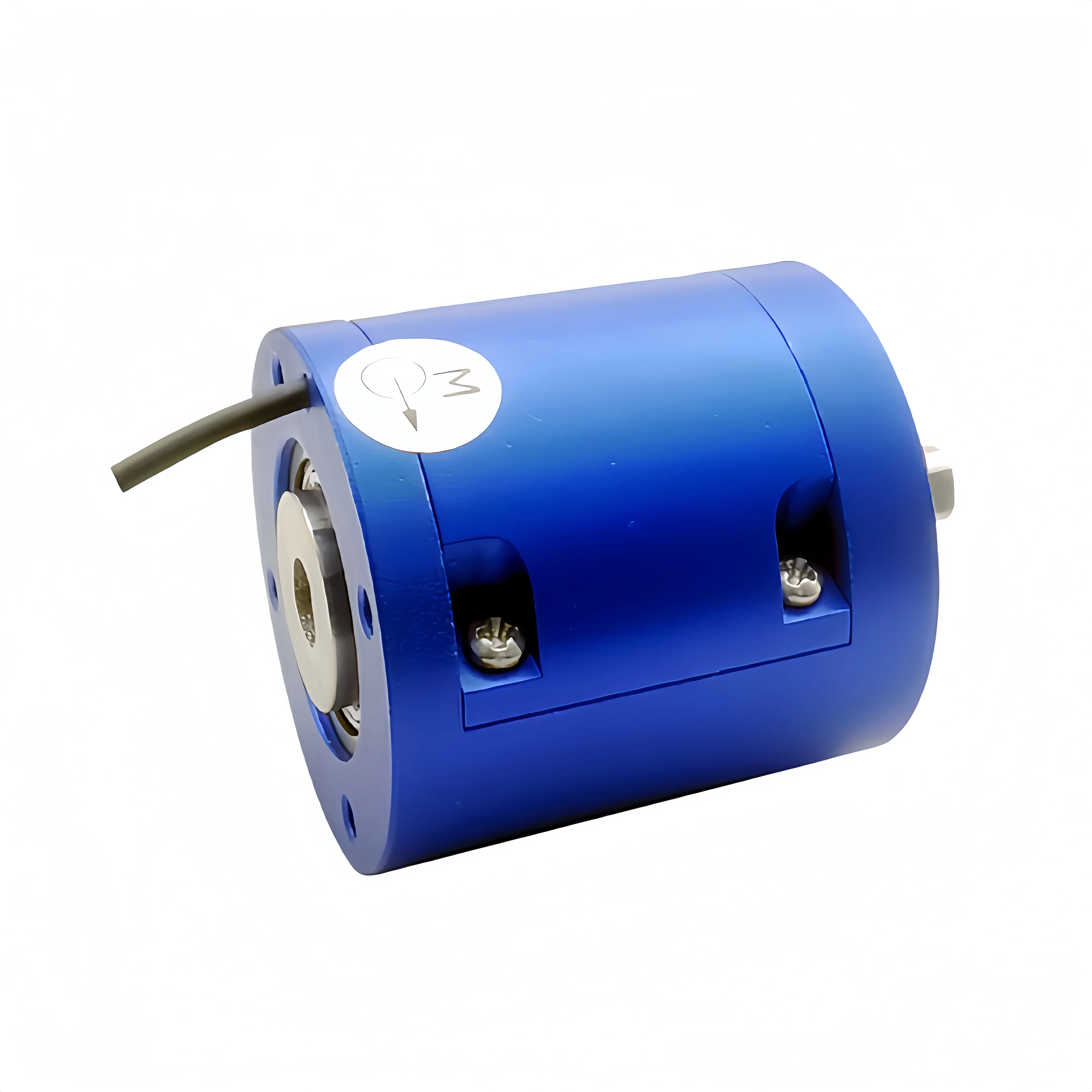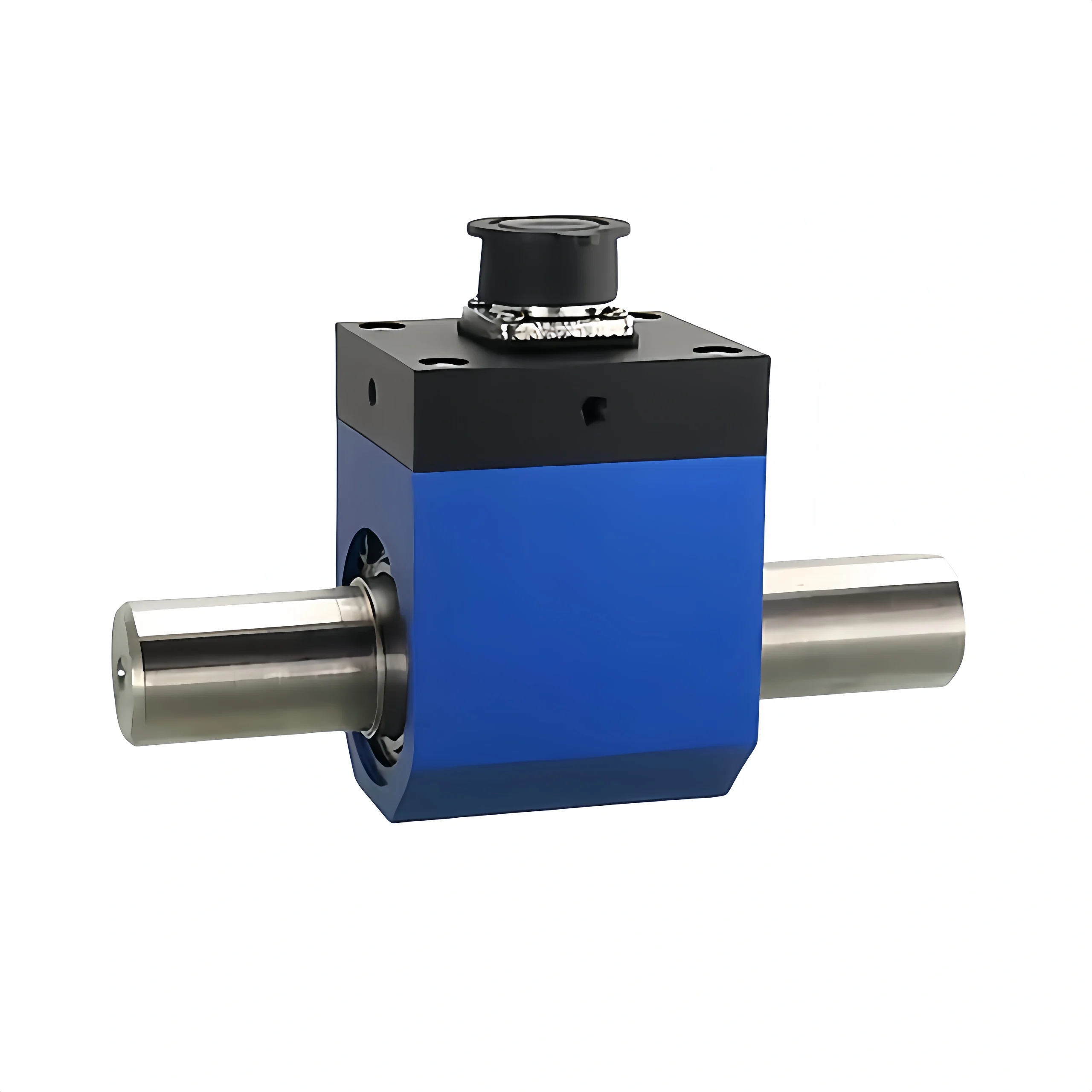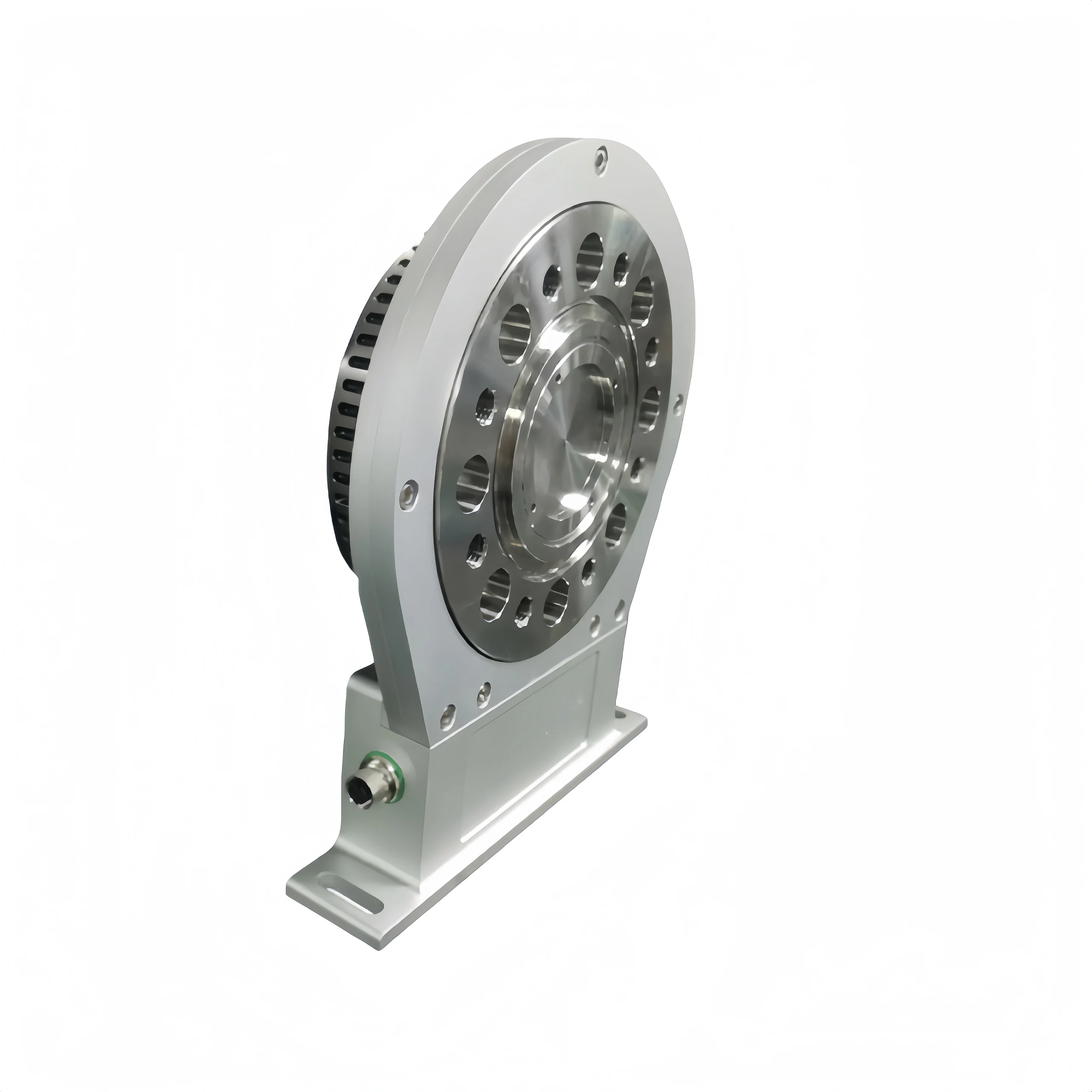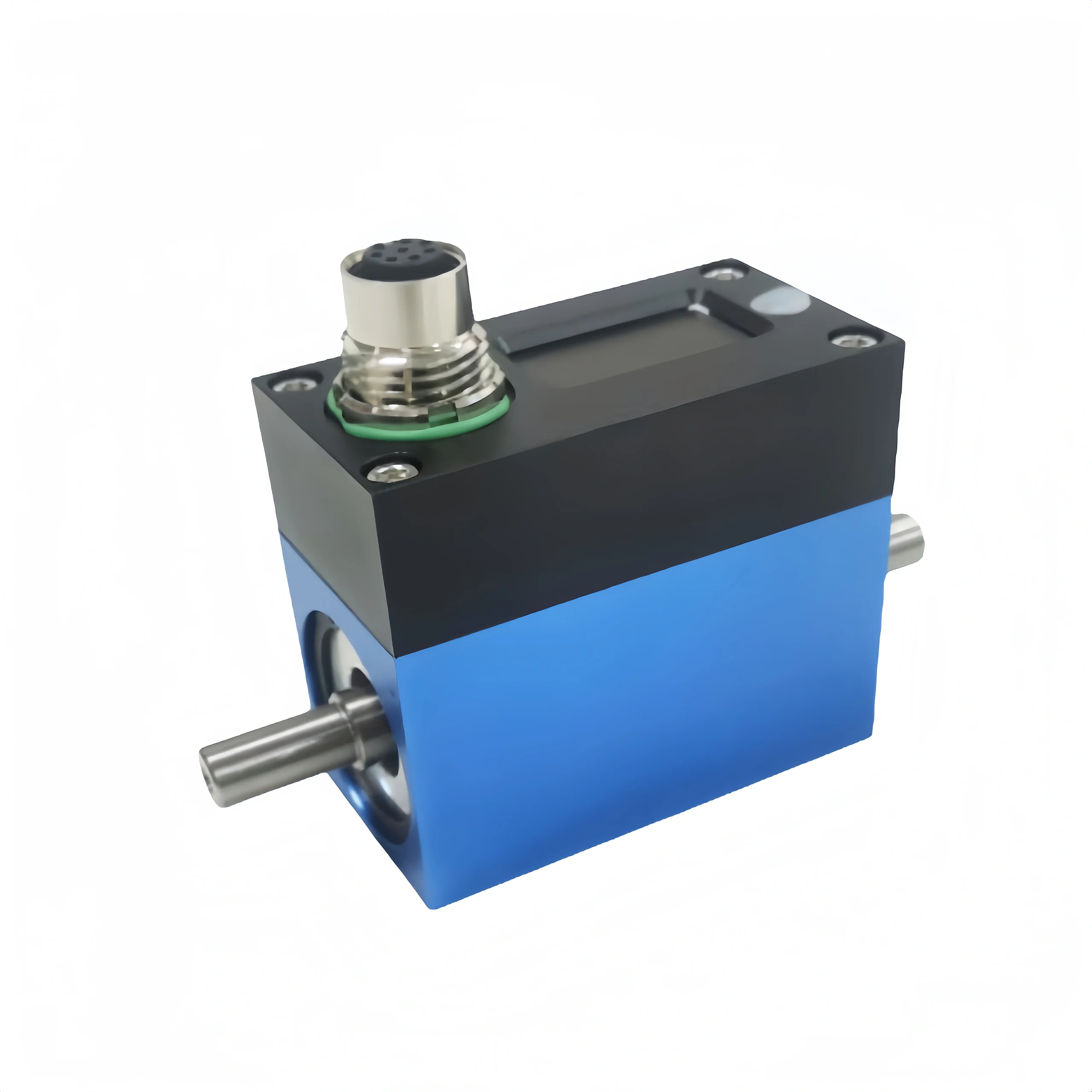How to measure torque? I believe you must be curious about this topic. Therefore, this article will introduce several common torque measurement methods. The article helps readers better understand torque measurement technology.
What is Torque?
Torque is a physical quantity that describes the rotational state of an object. It is usually used to describe the rotational force of mechanical equipment.
In the field of engineering, it is very important to accurately measure and control torque. Because it directly affects the performance and safety of mechanical equipment.
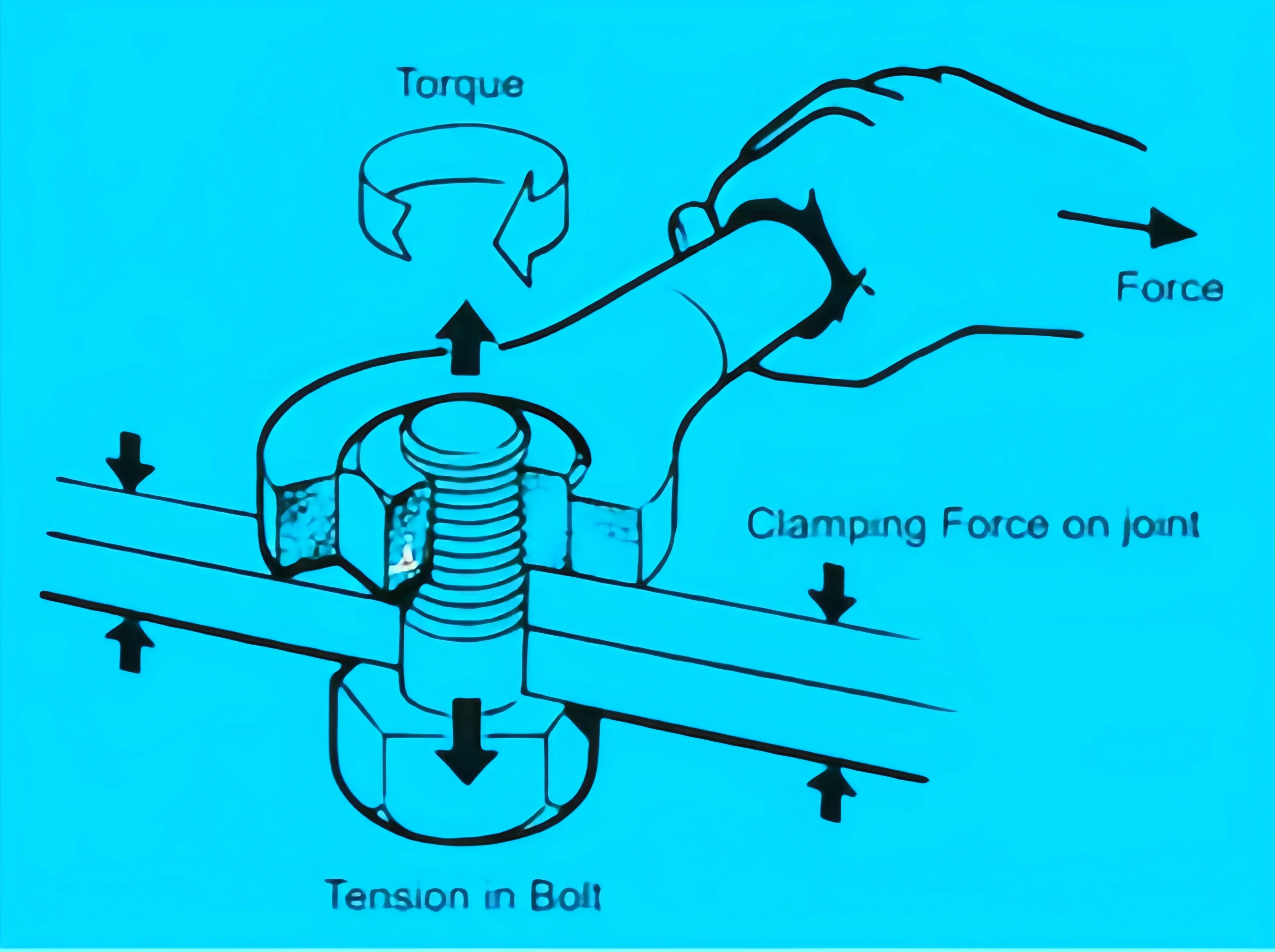
Why do We Need to Measure Torque?
Torque is a key element in various mechanical applications. From fixing car wheels to maintaining the structural integrity of aerospace machinery. Using professional tools to accurately measure torque helps ensure that work meets standards. It can improve product quality and optimize performance in many industries.
Torque measurement is critical in manufacturing. Accurate measurement is essential. Ensure safety, improve reliability. And eliminate risks in the assembly and quality audit stages.
Accurate torque measurement of critical fasteners can maintain the integrity, performance and reliability of machinery and mechanical components. It allows all walks of life to reduce the occurrence of safety accidents. Accurate torque measurement can also make it easier for the industry to develop.
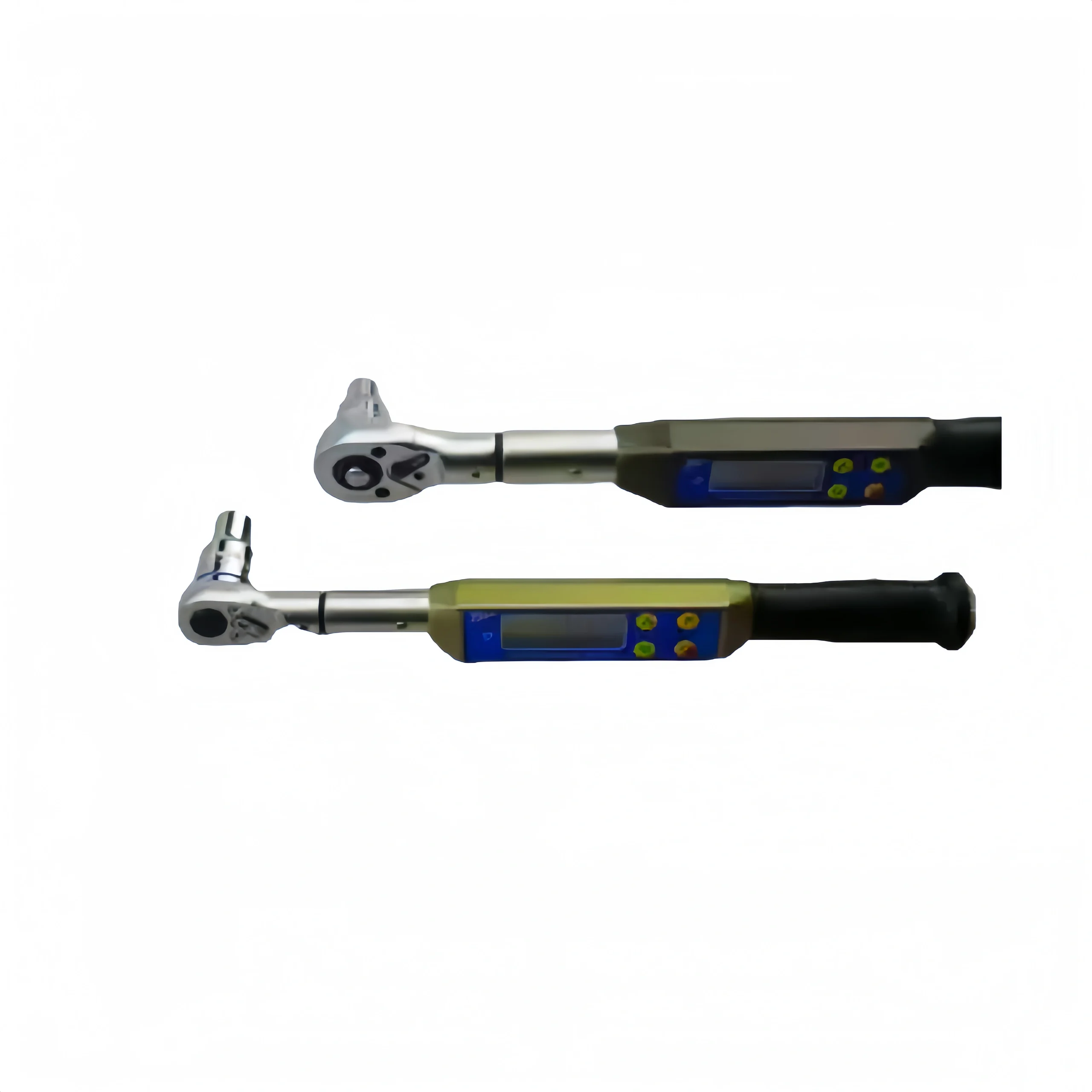
Sino-Inst Feature Torque Sensor
How to Calculate Torque?
Torque describes the tendency of an object to rotate around its axis under the action of an external force. Torque can also be calculated using a basic formula. The formula for calculating torque is as follows:
T=F*r
Wherein,
T represents torque in Newton meters (Nm);
F represents the force acting on the object in Newtons (N);
r represents the radius of action of the force in meters (m).
For example, an object with a force of 5 Newtons acting on a pulley with a radius of 1 meter will produce a torque of 5 Newton-meters on the pulley. This torque will cause the pulley to rotate around its axis.
Similar to the moment, torque can also be divided into positive torque and negative torque. Positive torque will cause an object to rotate clockwise. And negative torque will cause an object to rotate counterclockwise. The magnitude of the torque is proportional to the rotational effect it produces.

How to Measure Torque?
The following introduces several common torque measurement methods. Each method has its applicable occasions and characteristics. In actual engineering applications, it is necessary to select the appropriate torque measurement method based on specific measurement conditions. Ensure the accuracy and reliability of the measurement results. I hope this article will be helpful to readers.
1. Lever arm method.
The lever arm method is the most basic torque measurement method. It uses a lever arm of known length and a known force to measure torque. In a specific operation, the lever arm is connected to the object to be measured, and then a known force is applied. By measuring the length of the lever arm and the magnitude of the applied force, the magnitude of the torque can be calculated. This method is simple and easy to use and is suitable for some simple torque measurement occasions.
2. Spring dynamometer method.
The spring dynamometer method is a method of measuring torque by using the deformation of the spring. In a specific operation, the spring dynamometer is fixed on the object to be measured. When the object to be measured is subjected to torque, the spring will deform. By measuring the deformation, the magnitude of the torque can be calculated. This method has high accuracy. It is suitable for some occasions with high requirements for torque measurement accuracy.
3. Electronic dynamometer method.
The electronic dynamometer method is a method of measuring torque using strain gauges and sensors. In a specific operation, the strain gauge and sensor are installed on the object to be measured.
When the object to be measured is subjected to torque, the strain gauge will produce strain. And the sensor can convert the strain into an electrical signal. By measuring the size of the electrical signal, the size of the torque can be calculated.
This method has very high accuracy. It is suitable for occasions with extremely high requirements for torque measurement accuracy.
4. Photoelectric encoder method.
The photoelectric encoder method is a method of measuring torque using a photoelectric encoder.
In a specific operation, the photoelectric encoder is installed on the object to be measured. When the object to be measured is subjected to torque, the photoelectric encoder can measure the rotation angle of the object to be measured. By measuring the change in the rotation angle, the size of the torque can be calculated. This method is suitable for occasions with high requirements for torque measurement accuracy. It has a real-time performance.
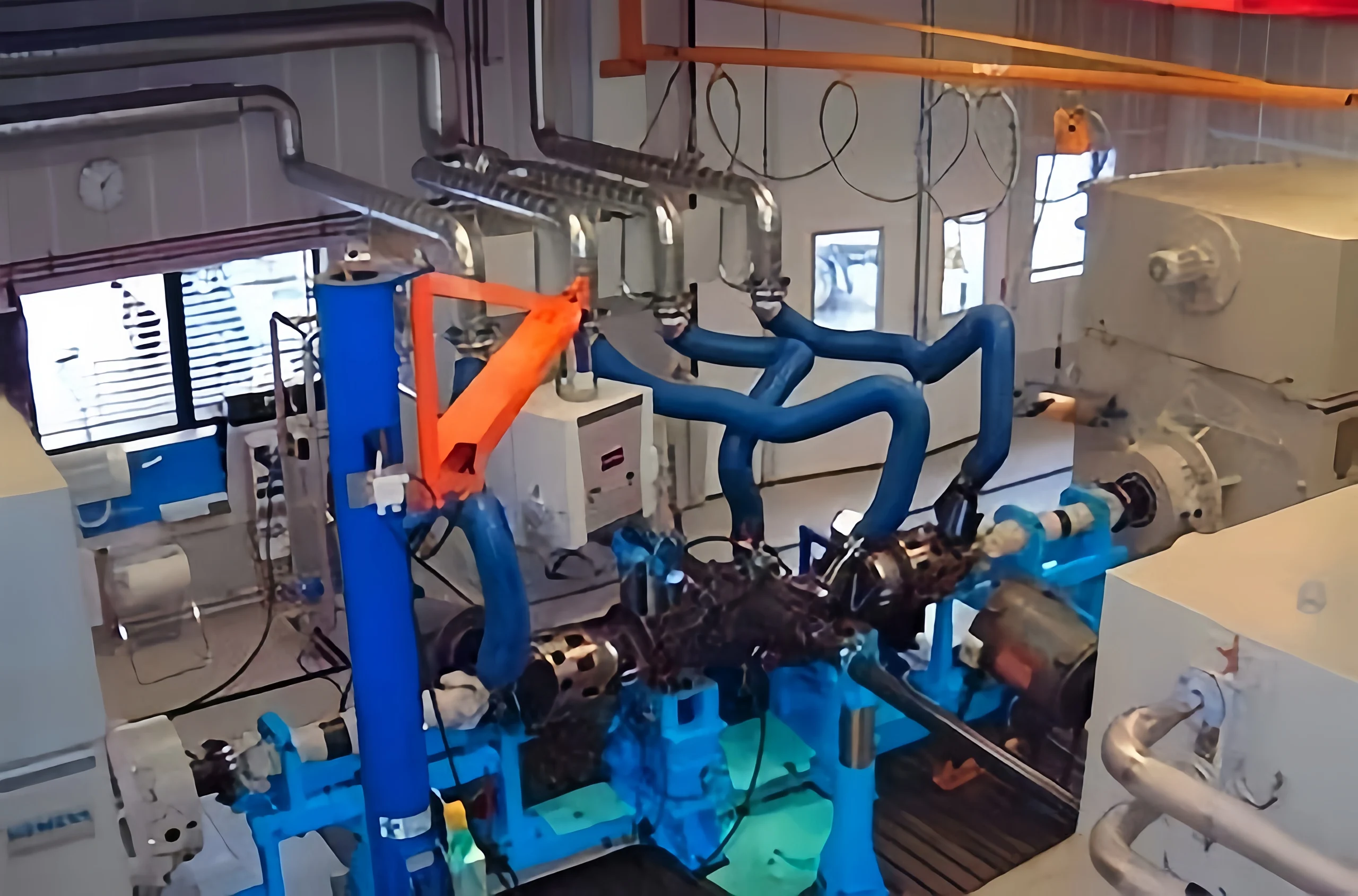
Torque Sensor Types and Applications?
1. Strain-type torque sensor
Working principle: based on the deformation of the strain gauge.
When the torque acts on the elastic shaft of the sensor, the elastic shaft produces a slight deformation. Cause the resistance value of the strain gauge attached to it changes. The torque size can be obtained by measuring the change in resistance value. And converting and amplifying it through the signal processing circuit.
Features:
- high resolution
- wide measurement range
- relatively low price.
- It is the most widely used type of torque sensor.
Application:
It is widely used in torque measurement of various industrial machinery and equipment. such as motors, reducers, drive shafts, etc.
In the field of automobile manufacturing, it is used to measure engine output torque, input and output torque of transmissions, etc.
2. Photoelectric torque sensor
Working principle: The photoelectric effect is used to measure torque. When the shaft of the photoelectric device in the sensor rotates under the action of torque, its output electrical signal changes. And the torque is measured accordingly.
Features:
- non-contact measurement,
- small interference to the measured shaft
- high accuracy
- fast response speed
- complex structure
- high cost
Application:
It is often used in occasions with high requirements for measurement accuracy and response speed. such as aerospace engine torque measurement, high-end CNC machine tool torque monitoring, etc.
3. Inductive torque sensor
Working principle: The torque is measured using the principle of electromagnetic induction. In the sensor, there is a set of coils and magnets. When rotating, an induced potential is generated in the coil. By measuring this potential, the torque can be obtained.
Features:
- non-contact measurement
- little interference to the measured axis
- high accuracy
- fast response speed
- complex structure
- high cost
Application:
It is often used in situations with high requirements for measurement accuracy and response speed. such as aerospace engine torque measurement, high-end CNC machine tool torque monitoring, etc.
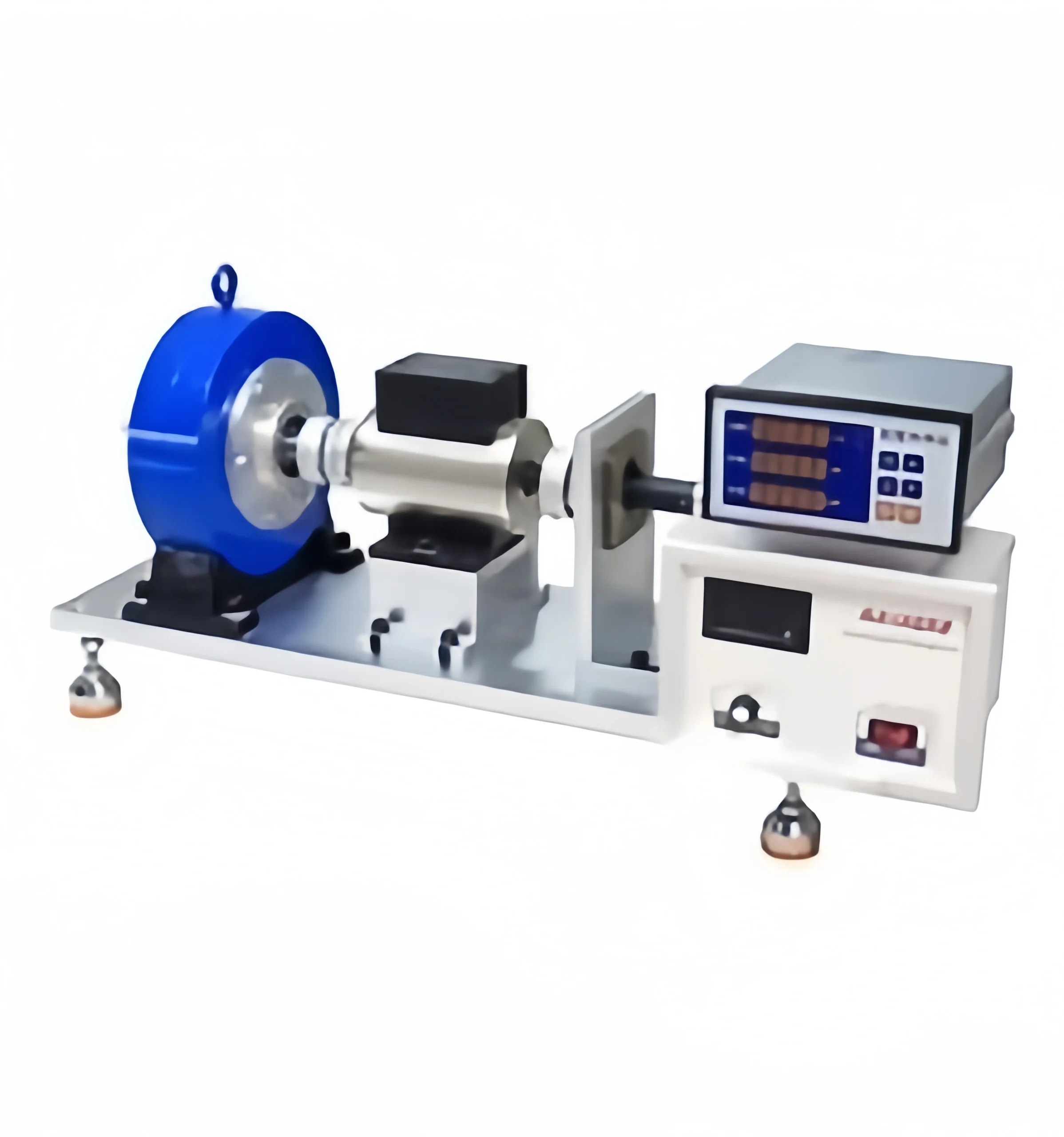
Read More about Torque Sensor.
How do you Measure Torque on a Bolt?
Common tools for measuring bolt torque include torque wrenches and electronic torque wrenches. A torque wrench is a mechanical tool. It can make a sound or automatically disconnect the handle when the preset torque is reached by adjusting the torque setting. An electronic torque wrench uses a built-in sensor and digital display to display the torque value in real time.
When selecting a tool, first ensure that its measurement range meets the bolt torque requirements. Choose a reliable brand and model. Ensure the accuracy and repeatability of the measurement. It is also very important to calibrate the tool regularly to ensure its accuracy.
How to Measure Torque with a Torque Wrench?
(1) When using a torque wrench, first select a torque wrench with a moderate range according to the requirements of the workpiece to be measured. The measured torque value shall not be less than 20% of the torque wrench’s range in use. A range that is too large is not suitable for the reinforcement of small torque parts. A small range must not exceed the range.
(2) When using a torque wrench, first connect the wrench square tenon to the auxiliary accessories. Ensure that the connection is in good condition.
Before reinforcing the torque, set the force value to be reinforced. Lock the locking device. And adjust the direction conversion button to the direction of force application.
Then, when using it, quickly operate it 5-6 times in succession to allow the special lubricant on the internal components of the wrench to be fully lubricated, making the torque wrench more accurate and durable.
(3) When measuring, hold the effective range of the handle with your hand, and slowly apply force in a direction perpendicular to the torque wrench housing until you hear the torque wrench make a “tower” sound. At this time, the torque wrench has reached the preset torque value and the workpiece has been forced applied. Then the force should be released in time to avoid damaging other parts.
How to Measure the Torque of a Motor?
I. Balanced Force Method
For a transmission mechanical component in a uniform working state, there must be a pair of torques T and T’ on its main shaft and body at the same time. And the two are equal in magnitude and opposite in direction.
The method of measuring T on the main shaft by measuring T’ on the body to the gear reducer is called the balanced force method. Let F be the force on the lever arm, L be the length of the lever arm, then T’=LF. By measuring the force F and the lever arm L, T’ and T can be obtained.
Advantage:
There is no problem of transmitting torque signals, and the force F on the lever arm is easy to measure.
Disadvantage
The measurement range is limited to the uniform working state. And the dynamic torque of the R87RF57DRE90M4 motor cannot be measured.
II. Transmission Method
The transmission method uses the physical parameters of the elastic element to change to a certain extent when the reducer motor transmits torque.
The corresponding relationship between this change and torque is used to measure the torque. According to different physical parameters, the transfer method can be further divided into magnetoelastic, strain, vibrating string, photoelectric, etc.
At present, the transfer method is most widely used in the field of torque measurement.
3. Energy conversion method
Energy conversion method refers to the indirect measurement of torque by measuring other parameters. such as heat energy and electric energy according to the law of conservation of energy.
Not only can the torque be measured conveniently, but also the voltage, current, power, speed and other parameters of the motor can be accurately measured.
And no additional coupling is required for torque measurement, which reduces the difficulty of on-site operation.
Motor torque formula: T=9550P/n
T is torque, unit N·m,
P is output power, unit KW,
n is motor speed, unit r/min
How Much Torque Can You Apply by Hand?
The maximum torque range that a normal person can hold by hand is: 60N-120N.
Torque is a small but non-negligible parameter in industrial testing. We must pay attention to its accuracy when measuring torque. I believe that you must have a deep understanding of torque after reading this article. If you are interested, please continue to pay attention to this website. We will release more information about torque later.
Sino-Inst is a torque supplier from China. We have many years of experience in torque measurement. If you need to purchase a torque sensor, please feel free to contact us. We can also provide you with free technical support.
